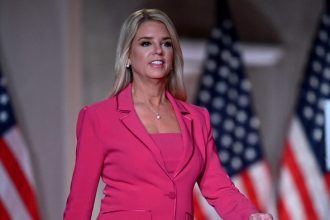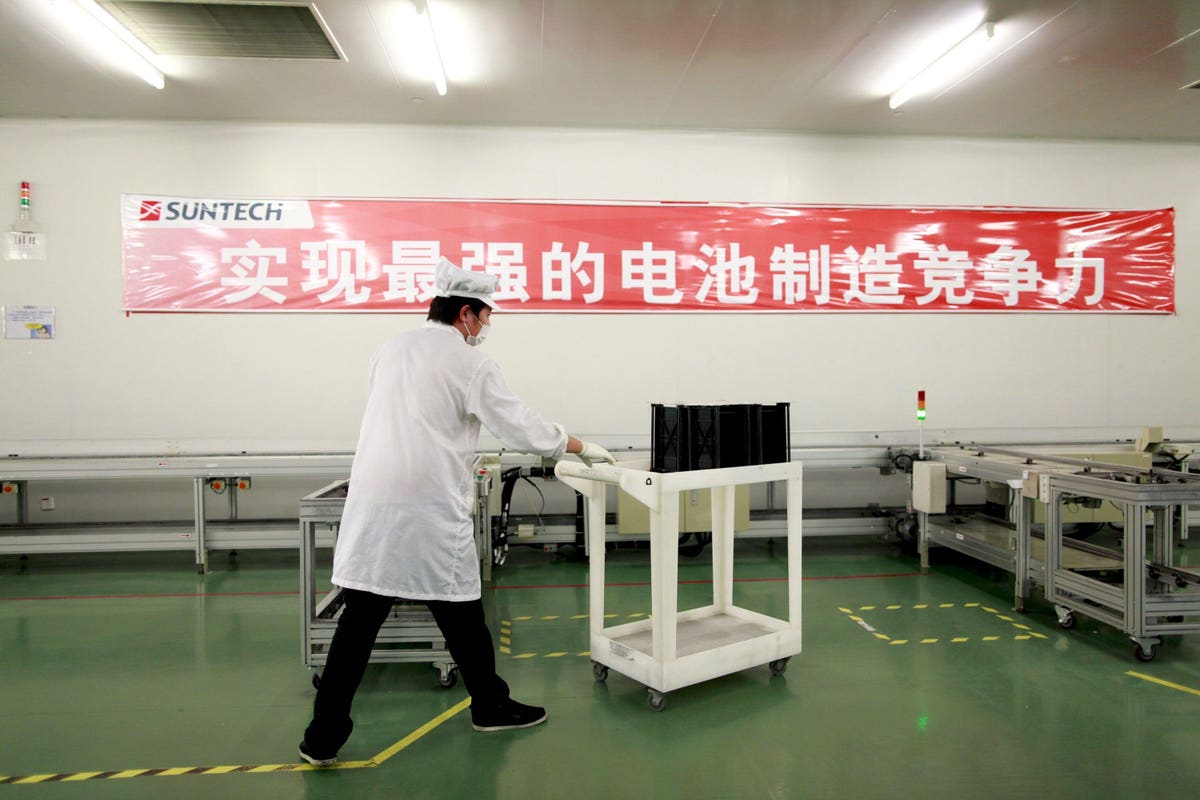In a bold move, the US has announced sweeping tariffs on Chinese solar cells and modules, intensifying the Sino-American trade war in the renewable energy sector. Like electric vehicles, U.S. will use the full power of its trade regulatory apparatus to stymie China’s unfair competition.
This latest announcement came after a Department of Commerce probe revealed solar cells and panels produced by 4 Chinese companies underwent final processing in neighboring Southeast Asian countries to evade American tariffs on Chinese goods. The investigation has sent ripples through the US renewables market, leading the Solar Energy Industries Association (SEIA), the largest national solar trade group, to reduce its 2023 and 2024 installation projections by 46% This comes as developers like NextEra Energy Inc (NEE.N) and Southern Co (SO.N) cautioned about significant project delays.
The Department of Commerce’s probe discovered that solar panel manufacturers in Vietnam, Malaysia, Thailand, and Cambodia, accounting for 80% of US panel supplies, were circumventing U.S. trade regulations by utilizing Chinese materials subject to tariffs without paying requisite duties. Manufacturers, such as Canadian Solar and BYD Hong Kong, who previously attempted evasion of solar tariffs established during the Obama era now face additional import duties on their products, potentially escalating the costs of new U.S. solar projects.
Considering cost factors is imperative as the United States strives to eliminate greenhouse gas emissions from its power sector, responsible for a quarter of the nation’s total emissions, by 2035. Manufacturers like Canadian Solar and BYD Hong Kong, previously involved in evading Obama-era solar tariffs, now confront extra import duties on their products, which could raise expenses for new U.S. solar projects – a critical concern as the Biden Administration aims to eliminate greenhouse gas emissions from its power sector, by 2035.
The investigation, initiated in March 2022 followed a complaint from Auxin Solar, a small manufacturer in the solar industry. Manufacturers are concerned that these tariffs may render their projects financially nonviable. On August 18th, the Department of Commerce announced a conclusive verdict levying import duties on solar panel manufacturers who shift their final production to Southeast Asian nations in a bid to circumvent Chinese import tariffs.
Import duties have been put on various Chinese manufacturers throughout the region, such as BYD (002594.SZ), Trina Solar (688599.SS), Vina Solar (601012.SS), and Canadian Solar (CSIQ.O). Local, non-Chinese producers are able to undergo a certification process to verify they’re not are not attempting to dodge tariffs enacted after the expiration of a Biden-Administration climate-change tariff waiver. The ruling establishes tariff exemption guidelines for non-Chinese competitors. All solar manufacturers in Vietnam, Malaysia, Thailand, and Cambodia — including companies not specifically investigated by the Commerce Department — must self-certify that they are complying with all trade rules through a series of evaluations and certifications.
The tariff’s aim to protect American solar manufacturers also runs the risk of disrupting global clean-energy supply chains. Between 2006 and 2013, China’s global share of production of PV cells, the industry’s core technology, surged from 14% to 60%. The global average price per watt of PV capacity dropped rapidly during these years while the global market grew quickly.
China’s PV industry domination raises questions regarding the future trajectory of sector innovation. Conventional product innovation indicators, like the ratio of patenting and R&D to sales, dropped internationally as China’ market share increased. The decline of PV manufacturing outside of Asian powerhouse led many groundbreaking firms, such as Suntech (the largest producer in 2011), to go out of business after failed competition against predatory, below-market value pricing offered by Chinese suppliers.
Many firms sought to differentiate themselves from commodity producers through product innovation; SunPower collaborated with American Solar City and Japanese Panasonic to make the world’s most efficient crystalline silicone (c-Si) module, surviving as some of the few non-Chinese firms left standing. A study on 238 firms entering the PV module manufacturing industry globally from 1978 to 2015 found that 104 exited by 2015, with the majority departing between 2012 and 2014. Chinese firms had a significantly greater likelihood of industry longevity compared to foreign firms, with the influence of the “China variable” on firm survival.
NREL revealed, with the exception of First Solar and South Korea-based Hanwha Q Cells, the top ten PV manufacturers (and all of the top five) in both 2015 and 2019 were based in China or Taiwan. The downfall of once-leading non-Chinese firms highlights a perilous monopoly on solar tech, stifling global competition in research and development, impeding innovation, and hindering the adoption of advanced, sustainable solar tech in the long run.
To make things worse, Beijing’s dominance in REE refining and battery production offers Chinese competitors an upper hand with additional advanced and cheap peripheral support, increasing global competition and innovation rather than suffocating it. Low prices have helped make PV 1 of only 5 technologies that are “on track” to mitigate the expected two-degree global temperature increase, according to a 2020 report by the International Energy Agency (IEA), the other four being Hydroelectricity, Bioenergy, Wind, and Geothermal,. However, China’s unilateral dominance over the solar PV production industry raises concerns amongst industry experts, and could pose a major threat to further industry development and innovation.
As the China’s solar panel tariff saga continues, the dawn of a new era in American solar manufacturing may emerge, de-coupling the supply chain from China. Experts hope for a surge of innovation and growth on home turf, empowering U.S. solar panel manufacturers to chart a course independent of China’s dominance. With increased investments in renewable energy tech on the horizon, and funding for basic research in US national labs and research universities, this pivotal decision isn’t just about safeguarding American industry; it’s about fostering competition on a global scale. One can hope, US-led innovation will help decreasing emissions, and provide us with cheaper solar energy.
Read the full article here





